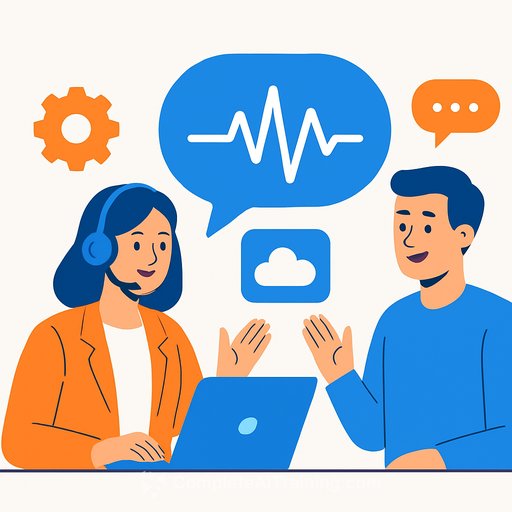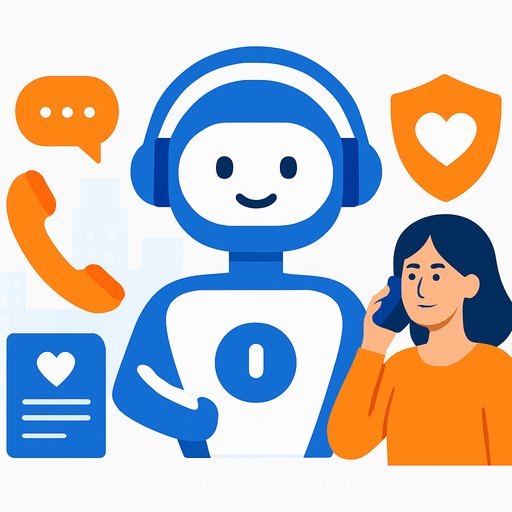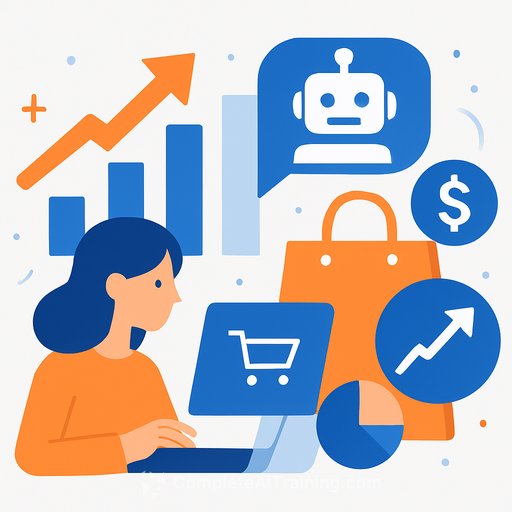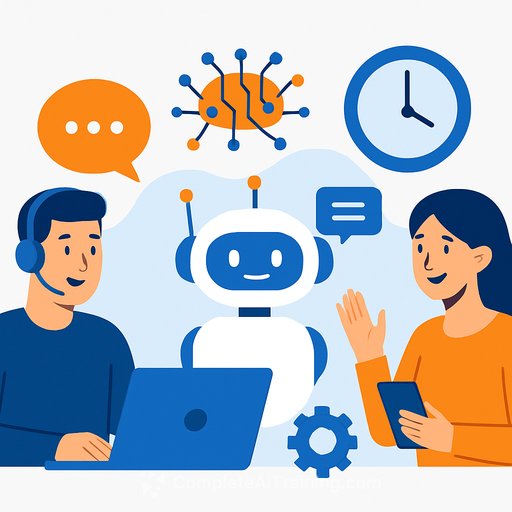Agentic AI at Dreamforce 2025: What Customer Support Leaders Can Use Today
At Dreamforce 2025 in San Francisco, one theme kept surfacing: companies want agentic AI to fix customer service. Not as hype, but as a practical way to reduce wait times, resolve requests faster, and keep data safe.
Across healthcare, government, finance, and travel, we saw the same pattern: AI handles the routine and routes the urgent to humans. The goal is simple-less busywork, more resolved cases, and better customer sentiment.
Dreamforce put real deployments on stage. Here's what stood out-and how support teams can apply it fast.
City of Kyle, Texas: One number for everything (311)
Kyle merged emergency and city services into a single 311 number that anyone can call or text anytime. Super-urgent emergencies go straight to a human; everything else is handled by an AI agent.
The result: a 10% drop in daily interactions without losing outcomes. Citizens needed fewer touches to get what they needed-less friction, same throughput.
- Practical takeaway: centralize intake across channels and let AI triage. Push clear thresholds for "AI vs. human."
- Measure: first-contact resolution, deflection rate, and time-to-route for urgent cases.
UChicago Medicine: Pre-, during-, and post-visit support
Patients use an AI assistant to book appointments, clarify procedures, manage billing, and more. The goal is to reduce admin stress around care and free up staff time.
Sensitive data is protected by a lock-and-key model: verified personal details unlock records so neither humans nor AI see protected data without the right input. This aligns with HIPAA expectations.
- Practical takeaway: require secure verification before exposing account or medical data.
- Measure: average handle time on billing/benefits questions, appointment completion rate, and patient satisfaction post-interaction.
CaixaBank: Home loan journeys in a few clicks
A customer-facing AI chatbot collects key details-income, loan amount, location-and routes the customer to a bank appointment to finalize. It's a faster, cleaner intake with fewer back-and-forths.
Data protection is handled at two levels: Salesforce provides compliance guardrails across regions, and CaixaBank added internal roles and training focused on AI data security. That combination keeps velocity without risking governance.
- Practical takeaway: keep AI in the front-office to accelerate form fills and pre-qualification; lock approvals to human workflows.
- Measure: drop-off rate in application steps, appointment conversion after AI intake, and compliance incident counts.
Heathrow Airport: WhatsApp concierge for travelers
Heathrow uses agentic AI on WhatsApp to answer common questions and handle traveler-specific queries. Channel choice matters-go where customers already are.
From directions and flight times to account-related details, the AI handles scale without clogging phone lines.
- Practical takeaway: meet demand on popular messaging apps and integrate with your knowledge base plus live agents.
- Measure: containment rate in chat, CSAT after chat, and handoff quality score to agents.
What this means for Customer Support leaders
Agentic AI works best as a front door, not a back office science project. Start with high-volume, rule-based requests, then expand into authenticated workflows.
- Pick one high-traffic use case (billing, appointments, password resets, flight info).
- Define "AI handles vs. human handles" rules with clear thresholds.
- Add identity checks before any account or health data is shown.
- Connect your CRM, knowledge base, and case system so the AI can take action, not just answer.
- Route complex or sensitive issues to skilled agents with full context.
- Instrument metrics: containment rate, FCR, AHT, time-to-handoff, CSAT, and deflection savings.
Guardrails that keep trust intact
- Authentication first: PIN, SMS OTP, or verified account login to "unlock" sensitive info.
- Data minimization: only request the fields needed for the next step.
- Compliance by design: map flows to policies (HIPAA, PCI, regional privacy laws).
- Human-in-the-loop: approvals, escalations, and exceptions stay with people.
- Auditability: log prompts, actions, and outcomes for reviews.
A simple 30-60 day pilot plan
- Week 1-2: Pick one use case, write decision trees, define success metrics.
- Week 3-4: Connect CRM/KB, add authentication, test on one channel (e.g., WhatsApp or web chat).
- Week 5-6: Launch to 10-20% of traffic, monitor escalations, tune content, publish FAQ updates.
- Week 7-8: Roll to 50-100% if KPIs hold; start on use case #2.
Bottom line
Across government services, healthcare, banking, and travel, agentic AI is cutting repetitive contacts while preserving outcomes. Customers get answers faster; teams get time back for complex cases.
If you're responsible for support, the playbook is clear: start small, connect systems, secure the experience, and measure everything. Do that, and AI stops being a demo and starts paying for itself.
Skill up your team
If you're building AI-driven support workflows and need practical training, explore role-based options here: AI courses by job and a focused path for automation leaders here: AI Automation Certification.
Your membership also unlocks:






